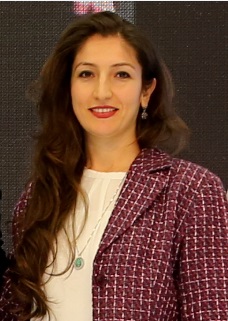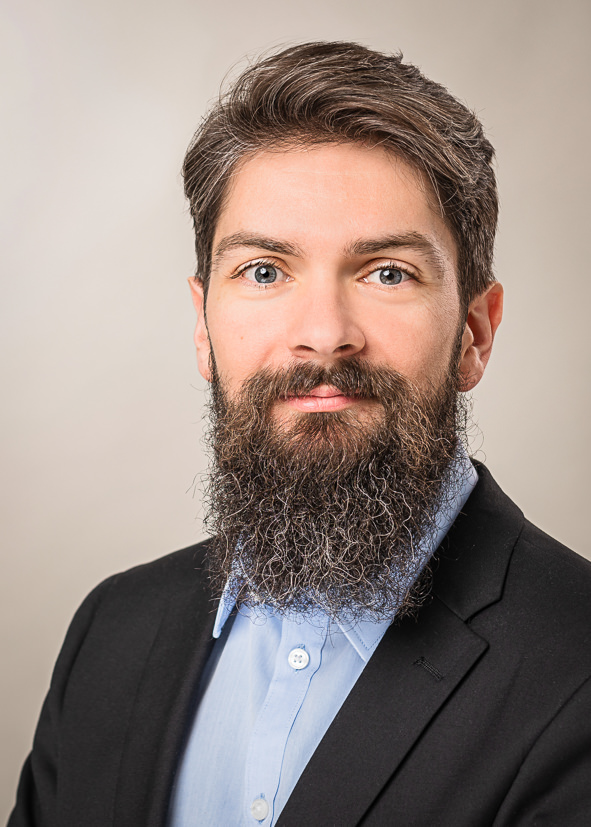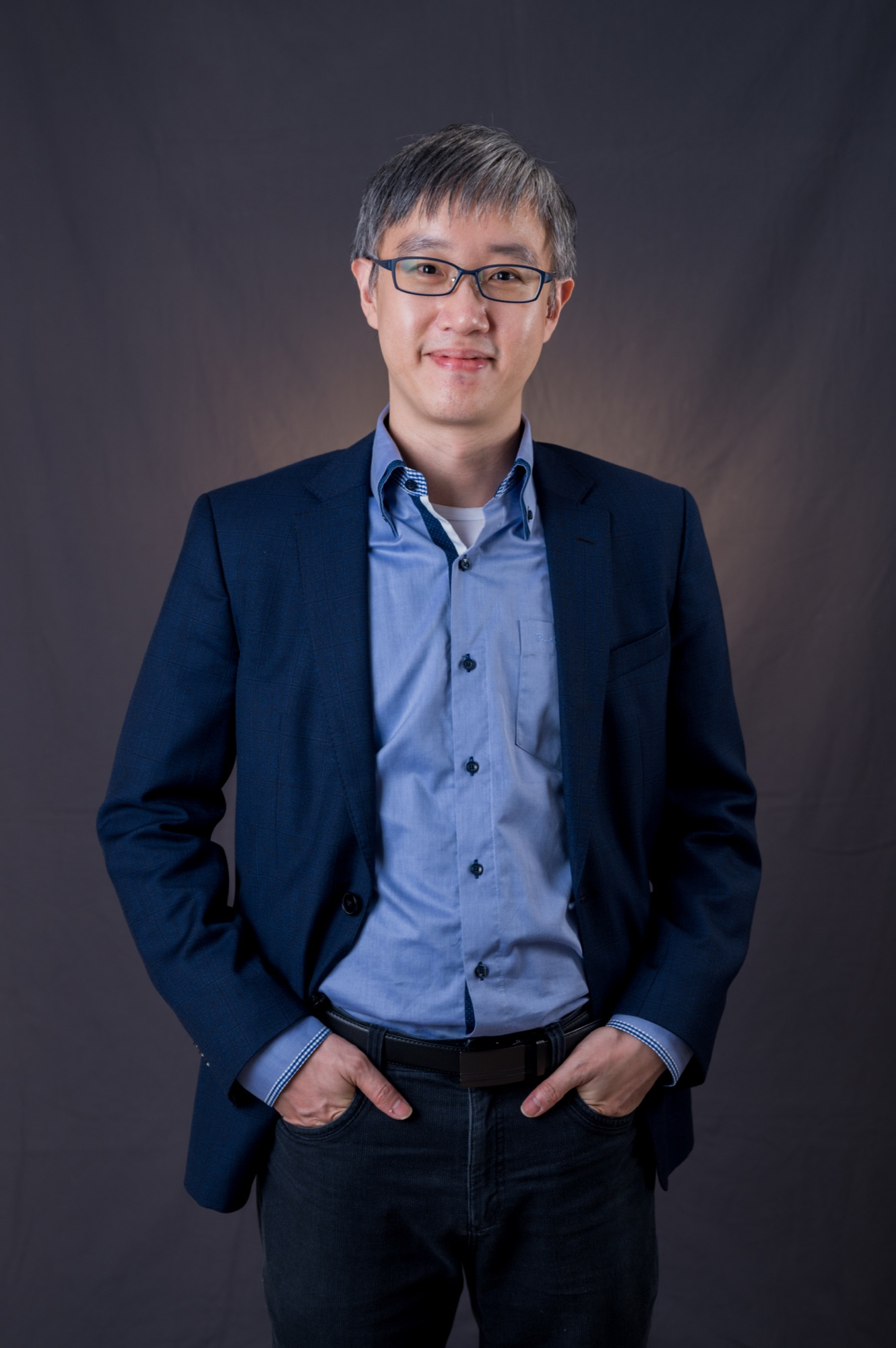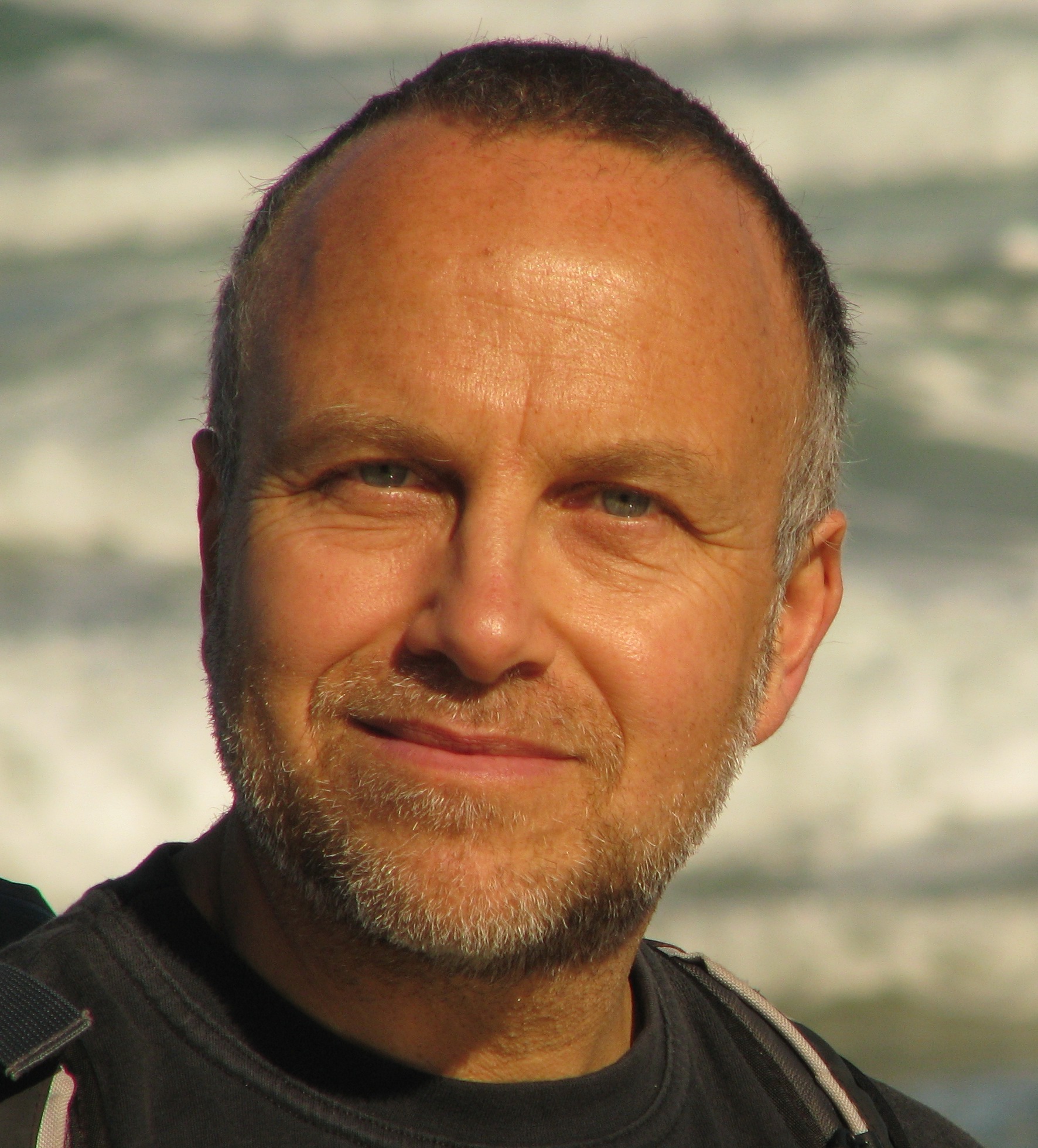2023 IEEE Vehicular Networking Conference (VNC)
April 26-28, 2023, Istanbul, Türkiye
Keynotes
Keynote 1: Ford Otosan R&D activities and Details about Vehicle Communication Projects
Türkan Edege
Abstract: Ford Otosan is Ford Europe's largest commercial vehicle production center with 62 years of R&D experience. Ford Otosan R&D department consists of three R&D centers Sancaktepe, Eskişehir and Gölcük and One Teknokent Office in Ankara Metu. R&D Activities led by Ford Otosan are categorised under three major headings; product engineering (Lead vehicle engineering activities), development of emerging technologies for Ford Trucks and product diversification and innovation. In this talk, the details of Ford Otosan R&D activities, 5G-MOBIX project and Ford Otosan's role in the project highlighting automotive vertical will be shared. The 5G-MOBIX project has developed and demonstrated automated vehicle functionalities with 5G along two cross-border corridors and several urban trial sites (https://www.5g-mobix.com/x-border-trials). Challenging connectivity requirements are the base for connected automated mobility use cases in 5G. The Greece-Turkey cross-border corridor located on the southeastern border of Europe, is one of the selected trial sites in 5G Mobix where demonstration of real-life cross border operation trials with CAM services over 5G is performed.

Türkan Edege, MSc is R&D and IPR Senior Manager in Ford Otosan. She received her B.S.E in Mechanical Engineering from ITU (Istanbul Technical University) and her M.S. in Automotive / Mechanical Engineering from ITU.
Türkan Edege started working in Ford Otosan as cooling system engineer in 2007 specialised in powertrain systems, then she was appointed as Powertrain Technical Attribute Leader in a global joint project between Ford Motor Company and Ford Otosan. From 2010 to 2021, she was responsible for project management of successfully implemented major heavy duty engineering projects, which are 13L Ecotorq Eu6 engines in F-Trucks, and Ford Otosan Ecotorq transmissions. In her current role as R&D and IPR senior manager, she is responsible for R & D collaborations matching high priority areas in Ford Otosan technology roadmap, R&D center management, IPR portfolio management and Product Sustainability.
Keynote 2: V2X Deployment in Europe - Challenges and Opportunities
Teodor Buburuzan
Abstract: Bringing V2X communication as an integral part of Connected Car meant overcoming several challenges, not just on the technical level but mainly on organizational level. Now, with around 1 Million V2X vehicles roaming through Europe, new challenges arise when preparing the next generation of V2X technologies. Beside new, more advance applications, the question of technology evolution remains challenging.

Dr. Teodor Buburuzan is head of Connected Technologies and Enabler with Volkswagen in Wolfsburg, Germany. He leads a growing team of engineers in the Connected Car area and is responsible for connecting millions of vehicles worldwide in an efficient, reliable and secure way. He manages the overall development activities for Volkswagen's IoT platform and also grows the EU's first automotive V2X solution into an innovative eco-system. In the past years he was responsible for developing connectivity and V2X ECUs and for creating the technical, strategic and organizational framework towards maturing V2X technologies into a market ready solution.
Before joining the Connected Car department of the Technical Development, he was active as a senior researcher within Volkswagen Group Research and worked on topics related to connected and automated driving. Dr. Teodor Buburuzan currently chairs the ETSI TC ITS WG1, in the past acted as chair for the Roadmap and Profile working groups within the Car-2-Car Communication Consortium and was an active contributor to various conferences and standardization activities. Dr. Teodor Buburuzan holds a PhD-Title on Wireless Communication Networks from the Technical University in Braunschweig, Germany, and a Computer Science Diploma from the “Al.I.Cuza” University in Iasi, Romania.
Keynote 3: Wireless Systems for Sustainable and Active Mobility
Ana Aguiar
Abstract: Connected Cooperative Autonomous Mobility (CCAM) and Cooperative Intelligent Transportation Systems (C-ITS) serve as umbrellas for multiple technological solutions, but adopt a strong vehicle-centric perspective. It is well-known that the adoption of healthy and environmentally friendly transportation modes is a major goal towards reducing urban mobility’s carbon footprint. This talk will give a different perspective and discuss how wireless systems can support the use of more environmentally friendly transportation systems. WiFi deployments on public buses make travellers’s trips more ammenable, but usability can use be iimproved by smarter mechanisms. Bicycles are a healthy and environmentally friendly transportation mode that is increasingly used for commuting. Connecting bicycles to other vehicles is an enabler for a large variety of services, from safety to infotainment, that can improve the attractiveness of cycling as a commuting mode. Finally, after showing that unlicensed spectrum is widely available in urban areas and the talk will show the many opportunities that exist for supporting connectivity of low speed nodes.

Ana Aguiar is Assistant Professor wth Habilitation at the University of Porto (UP), senior researcher at Instituto de Telecomunicações (IT), and leader of IT Porto. Her research focuses on wireless and mobile systems for sustainable mobility, concretely connectvity in the unlicensed spectrum, including vehicular, IoT systems and performance evaluation, mobile crowd sensing, and data mining spatio-temporal data.
She is adjunct coordinator of the Center of Competences for Future Cities at UP, where she operated the UrbanSense environmental sensors and the crowdsensing tool SenseMyCity. She led the VOCE project on voice stress detection, and participated in over 20 R&D projects, most of them with industry partners. She published more than 80 journal and conference articles, is reviewer for several reputed conferences and journals, and area editor for Elsevier Computer Communications and Pervasive and Mobile Computing. She is an expert with the EC and was the CTO of CooDriver GmbH between 2016 and 2018.
Invited Talks
Invited Talk 1: Connecting Vehicles with Light
Hsin-Mu (Michael) Tsai
Abstract: Connected autonomous vehicles boost a high demand on communication bandwidth in order to timely share the information collected by in-car sensors (e.g., LiDAR). While visible light communication (VLC) presents itself as a possible solution and has shown its potential to offer Gigabit-level throughput for indoor applications, the throughput drops to only a few Mbps when it is moved outdoor. In this talk, I will first present our solution to address the problem - our recent development of an interference-free outdoor mobile VLC system called RayTrack. The key idea is to build a receiver with a small but real-time adjustable FOV tracking the transmitter, which can effectively repel interference from the environment and from other transmitters and boost the system throughput. This realizes virtual point-to-point links, and eliminates the need of link access control. Real-world driving experiments demonstrate that our prototype is capable of tracking the transmitter with over 90% detection accuracy with 70 - 100 km/hr driving speed. I will also demonstrate our preliminary work of a VLC transmitter prototype with steerable transmission. The beam can track the movement of a moving receiver, and does not produce any interference to neighboring vehicles. In the second part of the talk, I will present our work-in-progress vehicle localization system. This latest work leverages a linear light sensor array and a digital headlight to achieve centimeter-level localization accuracy. The implementation is a cost-effective alternative to modern RADAR or LIDAR and can support sensing for various advanced driving assistance system (ADAS) or autonomous driving applications.

Hsin-Mu (Michael) Tsai is a Professor in the Department of Computer Science and Information Engineering at National Taiwan University (NTU), Taipei, Taiwan, where he is currently Deputy Vice President for Academic Affairs. He received his B.S.E in Computer Science and Information Engineering from NTU and his M.S. and Ph.D. in Electrical and Computer Engineering from Carnegie Mellon University.
Dr. Tsai's recognitions include 2022 NTU Outstanding Teaching Award, 2020 NTU Distinguished Service Award, 2018 Delta Research Excellence Award, 2017 NTU EECS Academic Contribution Award, 2015 ACM Taipei Chapter’s K. T. Li Young Researcher Award, 2014 Intel Labs Distinguished Collaborative Research Award, 2013 Intel Early Career Faculty Award (the first to receive this honor outside of North America and Europe), and 2013 NTU Distinguished Teaching Award. He has served as General co-chair for IEEE Vehicular Networking Conference (VNC) 2018, TPC co-chairs for ACM CarSys 2017, IEEE VNC 2016, ACM VANET 2013, and as a founding co-chair for ACM Visible Light Communication System (VLCS) Workshop in 2014.
His research interests include vehicular networking and communications, intelligent transportation systems, and visible light communications and positioning.
Invited Talk 2: Sensing with Communication Signals: Protecting Privacy, and Perspectives for Cooperative Perception
Renato Lo Cigno
Abstract: Joint communication and sensing (JCS) received a lot of attention in the past ten years or so, specially with regard to people localization and activities. As AI signal analysis techniques evolved, the opportunities for a new generation of personalized services emerged and attracted the attention of standardization bodies, so that it is now a staple for both 6G and evolved Wi-Fi systems. What instead received far less attention is the unprecedented threat to people privacy, security and safety that this technology poses, as the sensitive information is embedded within the physical signal and cannot be protected with any cryptographic means, nor can it be removed from the signal as it is imprinted during the propagation. This talk will make the point in the state of the art of JCS, quickly discussing the different methodologies that have been proposed and the real understanding we have of the phenomenon. Then it will tackle the possible countermeasures that our group and few others have proposed to obfuscate the information imprinted by the environment in the signal to prevent illegitimate sensing. Finally, it will discuss the research challenges the community has to tackle to exploit JCS for cooperative perception in vehicular and smart mobility scenarios.

Renato Lo Cigno is Full Professor in communication networks at the University of Brescia, Italy. He received a degree in Electronic Engineering with a specialization in Telecommunications from Politecnico di Torino; in 1988, where he worked until 2002. In 1998-1999 he spent a sabbatical year as Visiting Scholar at UCLA. From 2002 to 2019 he was with the University of Trento, Italy. He is currently Editor for IEEE/ACM TNET and Editor for Elsevier Computer Communications, and served as Editor for Elsevier Computer Networks. He is Chair of the Steering Committee of WONS (Wireless On-Demand Network Systems and Services) a long-standing independent conference sponsored by IFIP and IEEE.
His current research interests are in performance evaluation of wired and wireless networks, modeling and simulation techniques, vehicular networks, networks beyond 5G, and networked systems in general.
Renato Lo Cigno is senior member of IEEE and ACM and has co-authored around 200 papers in peer reviewed journals and conferences.